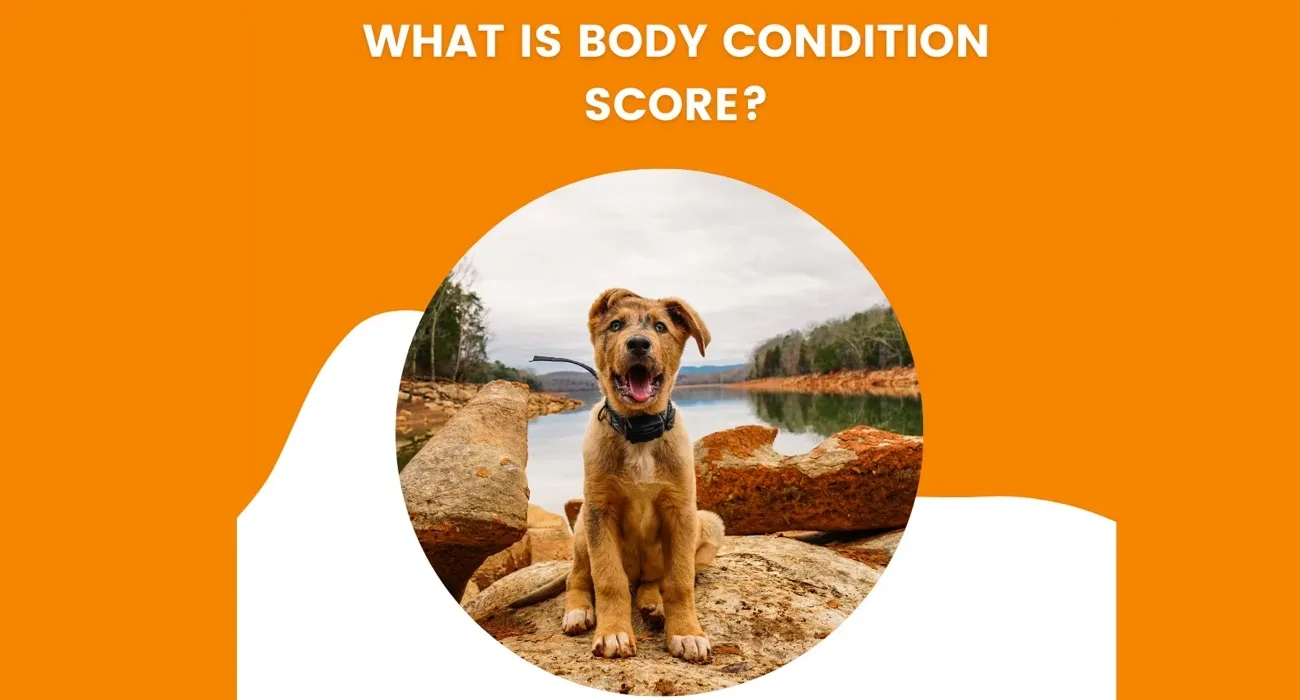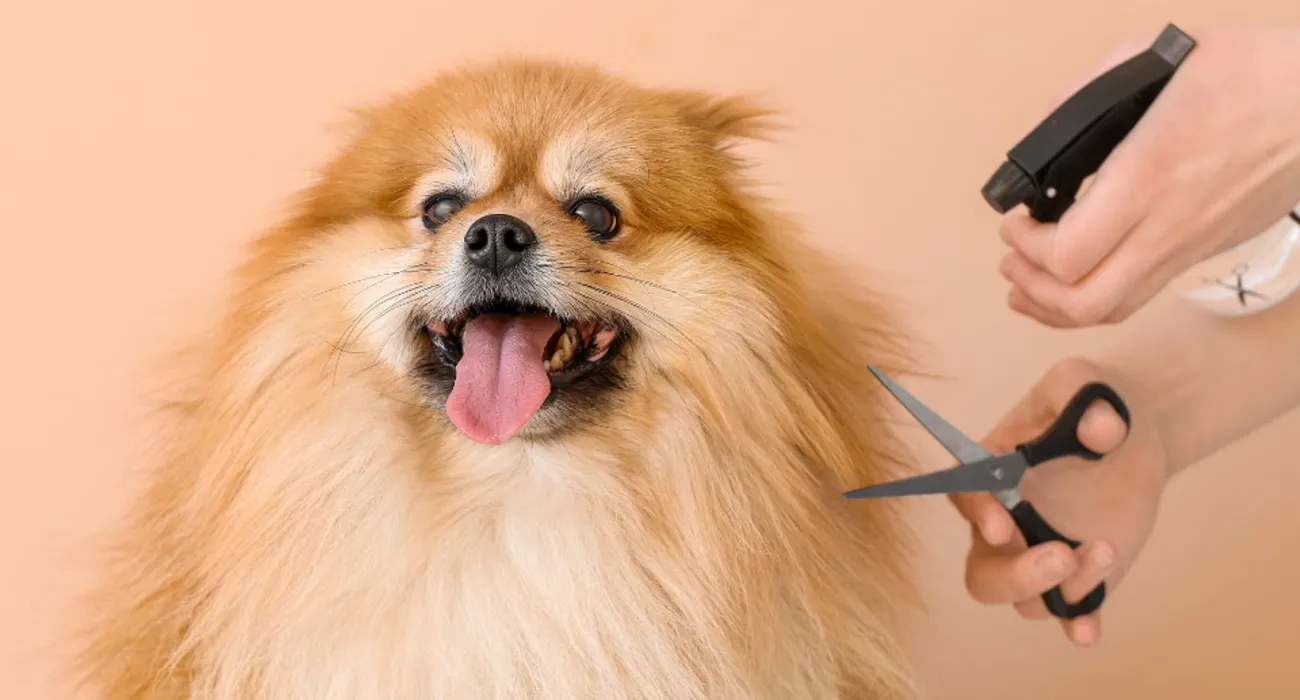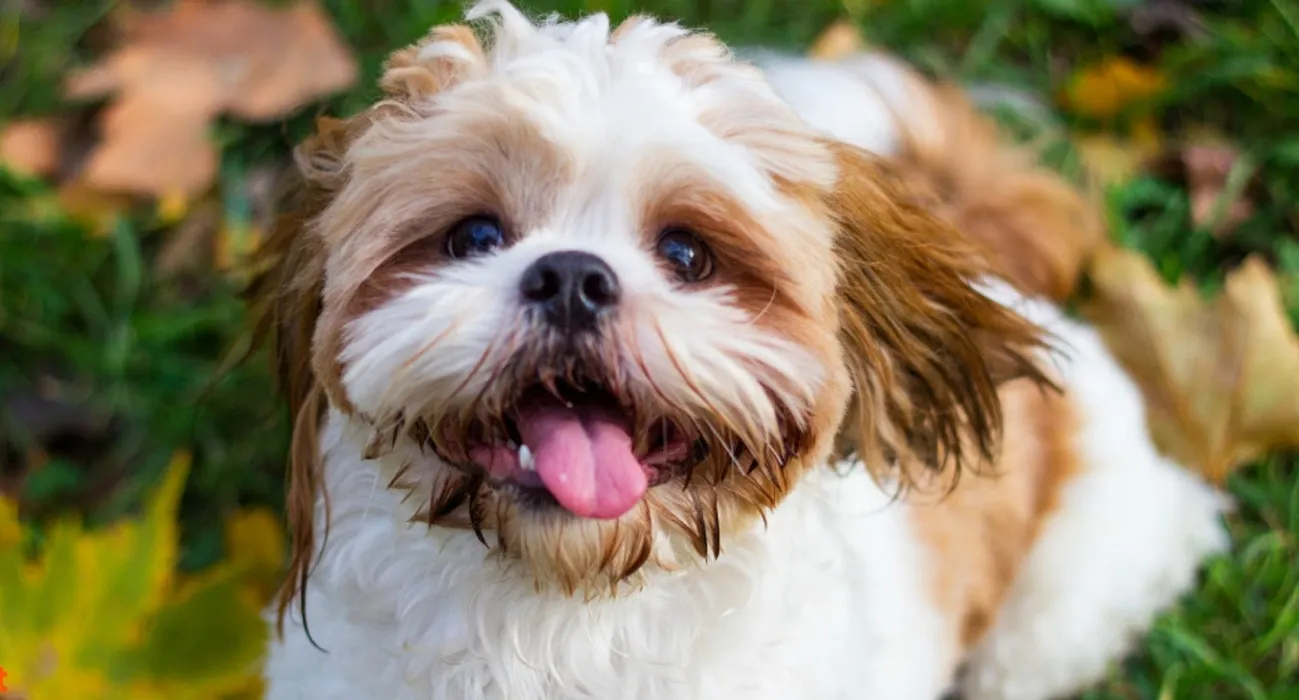A thorough understanding of the body condition score of a dog becomes imperative for ensuring its welfare. The body condition score dog is a reliable tool used to determine if a dog has a healthy weight. This will involve assessing the body fat and muscle tone of an animal by touch and sight.
When pet owners monitor BCS, it enables them to provide their dogs with appropriate nutrition and exercise for a healthy and joyful life. The aim of this blog is to educate its readers about what BCS is, how to assess it, and ways to apply the information this offers them in their care.
How To Check the Body Condition Score of Your Dogs?
Before jumping into how to score the body condition (BCS), these are the tests that you can do to check that it scores accurately:
Rib Check:
- Run your hands through their ribs, feel the chest or rib cage of your dog. If you feel them easily without using pressure, that’s fine--but never should they be prominent. The fact that you feel without excessive pressure is fantastic, and that typically tells you that there isn’t an excessive layer of fat covering the ribs but merely an acceptable one.
Spine and Hip Bones:
- Press down gently to feel for the dog’s spine and hip bones. The bones shouldn’t stick out much, with only a little fat with a fair weight on top of them. This determines whether or not there is an appropriate amount of fat over the dogs.
Abdominal Tuck:
- Look at your dog from a side angle. If you can see a "tuck" toward the rear end of your ribcage, it likely indicates whether your dog is weighing right. This "tuck" is a good indication of the overall body condition.
Overhead View:
- Take a final look at your dog from the top down. There ought to be a waist that is not larger than the bark or hips, and this is a positive sign that your dog is not over. An established waistline is a central characteristic in scoring a dog's body condition.

What Does a Healthy Body Condition Score Look Like in Dogs?
A good body condition score indicates a healthy weight with suitable fat and muscle tone: A dog usually scores 3/5 or 4-5/9 on common scales for evaluation.
- Key Characteristics of a Good BCS:
- Rib Visibility: The ribs of a dog with good BCS should be felt easily, not seen, except under pressure. This indicates a healthy covering of fat over the ribs and assesses that the dog maintains an appropriate weight.
- Abdominal Tuck: When viewed from the side, a marked abdominal tuck is a top-notch indicator of a healthy dog. This indicates that the abdomen rises from the ribcage toward the pelvis, suggesting that the dog is neither overweight nor fat.
- Waistline Definition: Observing your dog from above should indicate the outline of a waist. Such an hourglass contour means a healthy dog composition, with fat uniformly dispersed and absent from abdominal obesity.
These signs indicate that your dog is of proper weight, thus ensuring its continued health and vigor.
What Does a Bad Body Condition Score Look Like in Dogs?
A bad body condition score shows that a dog may be too thin or too heavy. If the dog scores are in the range of 1-2/5 or 1-3/9, the dog is considered too thin; while scores 4-5/5 or 7-9/9 mean that the dog is too heavy or even obese.
- Characteristics of a Low BCS (Underweight): When dogs have low body condition scores, one notices several worrying signs: ribs, a spinal column, and hip bones are often markedly visible, indicating fat coverage is lacking. Muscle wasting can occur, which affects strength and mobility. The energy of the weak underweight dogs can be low; they may be lethargic or weak and have a dull coat, indicating either malnutrition or some illness affecting their health status.
- Characteristics of a High BCS (Overweight or Obese): Dogs with high body condition scores have an excess of fatty tissues. In such cases, it can be difficult to feel the ribs because they are covered by thick fat deposits or there is no visible waistline or abdominal tuck, probably due to fat deposits in other regions. Obesity may lead to weight-related diseases, including arthritis, diabetes, and heart disease.
Early recognition of those signs may help to prevent severe health issues associated with weight.
Adjusting Diet and Exercise Based on Body Condition Score in Dogs
When evaluating the body condition score of your dog, modifications to your dog's diet and exercise may be warranted, depending on whether it is found to be underweight or overweight.
For Underweight Dogs:
- Whenever a dog has a BCS of 1-2/5 or 1-3/9, it is essential to provide it with a nutrient-rich diet that contains calorie-dense ingredients. Carefully evaluate dog food and select those with a proper balance of protein, fat, and carbohydrate that support weight gain without presenting a danger to health. Gradually increase portion sizes to avoid overwhelming their digestive system. Do this by increasing the amount of food given until desired weight is achieved.
- In addition to the dietary changes, moderate, low-impact exercise can be used to build muscle mass. These include short walks or gentle play sessions that stimulate appetite and promote healthy weight gain without overstraining their bodies.
For Overweight Dogs:
- For overweight dogs, transition to a weight-management formula or switch to a lower kilocalorie diet. These diets aim to provide the necessary nutrients while helping reduce caloric intake. Besides, it could be advantageous to split your dog's meals into smaller portions throughout the day instead of serving one or two large meals.
- Gradually increasing the activity is important. Appropriate exercise includes walking and swimming daily with interactive play sessions that promote movement without overexertion. Allow at least 30 minutes of moderate exercise every day, modifying as appropriate for age and fitness level.
General Tips:
- Regardless of their weight status, weighing out appropriate portion sizes per your veterinarian's recommendations is important.
- Never overfeed your pet with treats. Use healthy, low-calorie options such as carrot slices or green beans.
- Keep track of your dog's weight changes to be able to adapt any diet or exercise regimen accordingly.
- A closer watch of your dog’s body status will ensure they obtain a healthy BCS.
When to Seek Professional Advice
It is important to understand when to have your dog seen by a professional about its body condition score. Sudden and unexplained weight losses or gains may indicate that they have a health problem requiring immediate veterinary attention.
Any persistent failure of your dog to achieve an ideal BCS despite your every effort to make diet and exercise changes means that it's very important to have a veterinarian check the dog for recommendations tailored to its needs.
In addition, clear signs of sickness such as extreme lethargy, loss of appetite, and difficulties in movement should never be ignored. When you notice any of these signs, it's time to see your veterinarian for a further evaluation and a plan of attack for good health for your dog.
Long Term Weight Management Strategies For Dogs
Body Condition Evaluation is paramount to monitoring the weight and general well-being of your dog. Following their BCS every few weeks will help you notice any discrepancies early and make changes to their dietary plan or activity schedule as needed. This reduces the risk of obesity and helps your dog maintain its weight at a healthy level.
Regular Diet: It is essential to establish a regular diet plan to achieve weight loss. Get high-quality dog food that fulfills your pet's nutritional requirements. You can stick to regular mealtimes and portion sizes to prevent overfeeding; consider using measuring cups for accuracy. Be careful with treats and extras in your dog's diet as they can contribute to weight gain. Treats can be used occasionally and for fun.
Exercise Routine: Exercising should become a regular part of the dog’s routine. Spend at least half an hour taking walks with opportunities for playtime and other interactive games. Keeping your dog active will help them burn up all those calories coming into the body.
Consistent Vet Checks: An annual veterinary check-up will allow you to keep track of your dog's health and the overall progress of the weight loss program. Your vet will provide relevant tips for your dog depending on individual interests.
Educate Yourself: Finally, it is essential to educate yourself concerning your dog’s likely breed needs for weight management. Each breed has different tendencies and different solutions might work on different dogs. It's not a one size fits all. By educating yourself in these facts and following these recommendations, you will set your dog on a long healthy path at the perfect weight.
FAQs on Dog Body Condition Score
What is a normal body condition score for a dog?
- A normal body condition score (BCS) for a dog typically ranges from 4 to 5 on a 9-point scale. This indicates a healthy weight where the ribs are easily felt, and the dog has a defined waist and abdominal tuck.
What is the BCS system for dogs?
- The BCS (Body Condition Score) system for dogs is a tool used to assess a dog's weight and overall health. It helps veterinarians and pet owners evaluate if a dog is underweight, overweight, or at an ideal weight.
What is a body conditioning score?
- A body conditioning score (BCS) is a numerical scale that measures a dog's body fat and overall condition. It helps determine whether a dog is at a healthy weight or may need dietary adjustments.
What is the BCS 1 5 scale?
- The BCS 1-5 scale is a system used to rate a dog's body condition, with 1 being emaciated and 5 being obese. A score of 3 is considered ideal, indicating a healthy weight.









